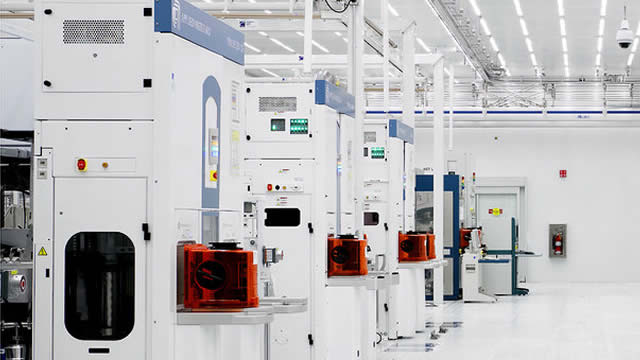
ACM
Aecom
$98.85
-1.12
(-1.12%)
| Exchange: | |
| Market Cap: | 13.084B |
| Shares Outstanding: | 56.965M |
About The Company
| Sector: | Industrials | |||||
| Industry: | Engineering & Construction | |||||
| CEO: | W. Troy Rudd | |||||
| Full Time Employees: | 51000 | |||||
| Address: |
|
|||||
| Website: | https://www.aecom.com |
AECOM, together with its subsidiaries, provides professional infrastructure consulting services for governments, businesses, and organizations in the Americas, Europe, the Middle East, Africa, and the Asia Pacific. It operates through three segments: Americas, International, and AECOM Capital. The company offers planning, consulting, architectural and engineering design, construction and program management, and investment and development services to commercial and government clients. It also invests in and develops real estate projects. In addition, the company provides construction services, including building construction and energy, and infrastructure and industrial construction. It serves transportation, water, government, facilities, environmental, and energy sectors. The company was formerly known as AECOM Technology Corporation and changed its name to AECOM in January 2015. AECOM was incorporated in 1980 and is headquartered Dallas, Texas.
Click to read more…
Revenue Segmentation
EPS
Earnings Call
Income Statement
(* All numbers are in thousands)
Balance Sheet
(* All numbers are in thousands)
Cash Flow Statement
(* All numbers are in thousands)
Analyst Estimates
(* All numbers are in thousands)







